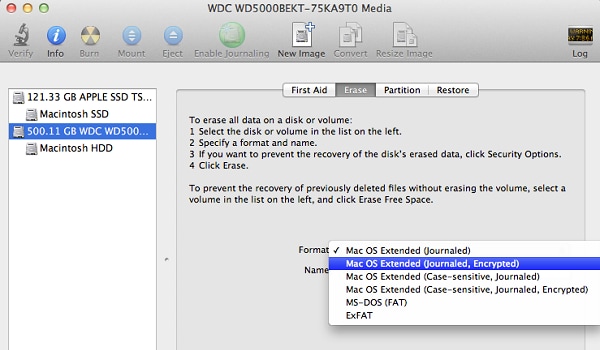

** Monday 6th December 2021 18:38:23 UTC (core) **//** THIS FILE IS AUTOMATICALLY GENERATED - DO NOT MAKE MANUAL EDITS! **//** Custom CSS should be added to Mega Menu > Menu Themes > Custom Styling **/.mega-menu-last-modified-1638815903 #mega-menu-wrap-cs-menu #ga-no-js li.mega-menu-item:hover > ul. Newer Seagate and LaCie branded external drives come preformatted with the exFAT file system, which allows it to be used on both Mac and Windows without. b) Click on Erase to format the new hard disk. Select the hard drive in the column on the left (usually Macintosh HD). a) Startup your Mac and press the Option+ + R keys to boot into Recovery. Open the Launchpad and select Other > Disk Utility to open Disk Utility.Formatting and Partitioning Hard Drives | Econ Technologies, Inc. Open Disk Utility from your /Applications/Utilities folder. From macOS Utilities, select Restore from Time Machine. 5- Connect your Time Machine backup drive to your Mac. 4- Once Disk Utility formats the drive with a compatible file system, quit the app. Provide the Name, Format, and Scheme in the respective field, then click Erase. If the external drive is not there, make sure that the USB cable is properly. 3- From the left panel, select Macintosh HD and click the Erase tab. That allows you to preserve any existing data.ġ. Formatting the drive will erase everything on it and configure it for macOS. With the GUID Partition Map, you can non-destructively convert an HFS+ drive or partition (except for older Time Machine drives).

Convert Drives and Partitions to APFS (Non-Destructive) It’s a good idea to stick with the older file system unless you set up a new Time Machine drive. Go to Disk Utilities- And then, launch the Disk Utility folder which is located from going to your. Plugin Hard Drive - The first thing that you need to do is to have your external hard drive be plugged into your computer. But if you have an older Time Machine drive in the HFS+ format, you can’t convert it to APFS without losing data. For you to be able to reformat your external hard drive Mac, here are the steps you need to follow. macOS will recognize the drive and show its icon on the desktop. Then, on the top side under the Disk Utility. Step 2 On the left side of the Utilities screen, find the name of the external hard drive you want to format and select it.
#Reformat hdd for mac how to#
Important: Time Machine supports APFS starting macOS Big Sur. 1 Format a USB Drive with a Mac Insert a USB drive into your USB port. Here's how to use it: Step 1 Connect the external hard drive you want to format to your Mac, then start the Disk Utility app that you can find under Applications -> Utilities. Depending on the existing file system and partition scheme, you may also be able to convert a drive or partition to APFS without losing any formatting. Don’t get too caught up in the other options unless you prefer an encrypted or case-sensitive file system. While erasing a drive or partition, selecting APFS should suffice. Open Applications > Utilities > Disk Utility Find your external hard drive in the list of. (optional) Select a single volume to keep the drive format and only erase that volume’s data. Select the external hard drive (left sorted Internal, External, and Disk Images) and click the Erase button.

Disk Utility supports the following APFS formatting options: Formatting an External Drive Connect the hard drive to your Mac. If you have purchased a hard drive that has been pre-formatted for macOS, it still might not be partitioned correctly. In the window that appears, double-click the Disk Utility app.


 0 kommentar(er)
0 kommentar(er)
